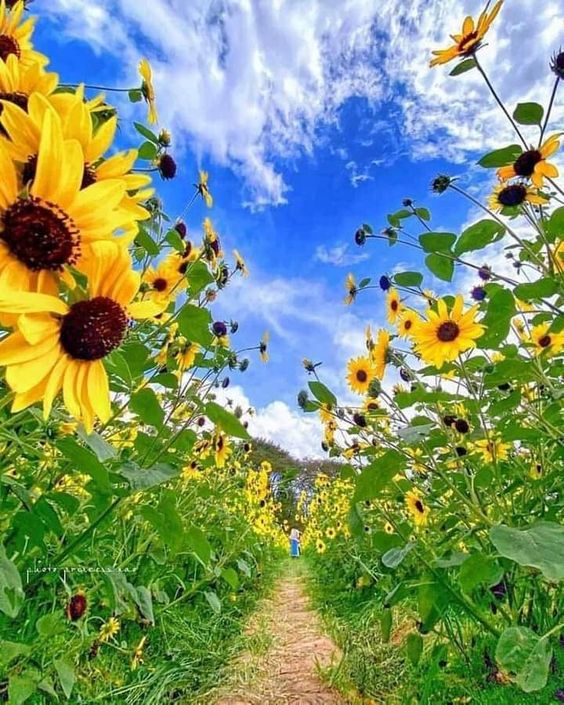The concept of “flower seasons” typically refers to the times of the year when certain types of flowers are in bloom.
Different flowers have different growing conditions and optimal times for flowering, so they don’t bloom year-round. Instead, they follow a seasonal pattern influenced by factors such as temperature, daylight duration, and weather conditions.
Here’s a general overview of the flower seasons:
Spring
Summer
Autumn (Fall)
Winter
1. Spring:
– Spring is often considered the prime season for flowers. As the weather warms up and days lengthen, many plants come out of dormancy and start to bloom.
– Iconic spring flowers include cherry blossoms, tulips, daffodils, magnolias, and lilacs.
– The abundance of colorful blooms during spring symbolizes renewal and the end of winter.
2. Summer:
– Summer is characterized by longer days and warmer temperatures, creating ideal conditions for a wide variety of flowers to thrive.
– Common summer flowers include roses, sunflowers, dahlias, lilies, and zinnias.
– Gardens are often at their peak during the summer months, displaying a vibrant array of colors.
3. Autumn (Fall):
– As temperatures start to cool and days become shorter, some flowers continue to bloom while others enter a period of dormancy.
– Fall flowers include chrysanthemums, asters, marigolds, and autumn crocuses.
– The colors of fall flowers often reflect the warm tones of the changing foliage.
4. Winter:
– Winter is generally a challenging time for most flowers, as cold temperatures can inhibit growth. However, some hardy varieties can withstand winter conditions.
– Winter-flowering plants include hellebores, pansies, and certain types of camellias.
– In regions with milder winters, a variety of flowers may continue to bloom during this season.
It’s important to note that the specific timing of flower seasons can vary based on geographic location, climate, and weather patterns. Additionally, some flowers are intentionally bred to bloom out of their natural season through techniques like greenhouse cultivation.
Understanding flower seasons is not only relevant for gardening enthusiasts but also for various cultural and symbolic associations. Flowers often play a significant role in traditions, events, and celebrations throughout the year.

